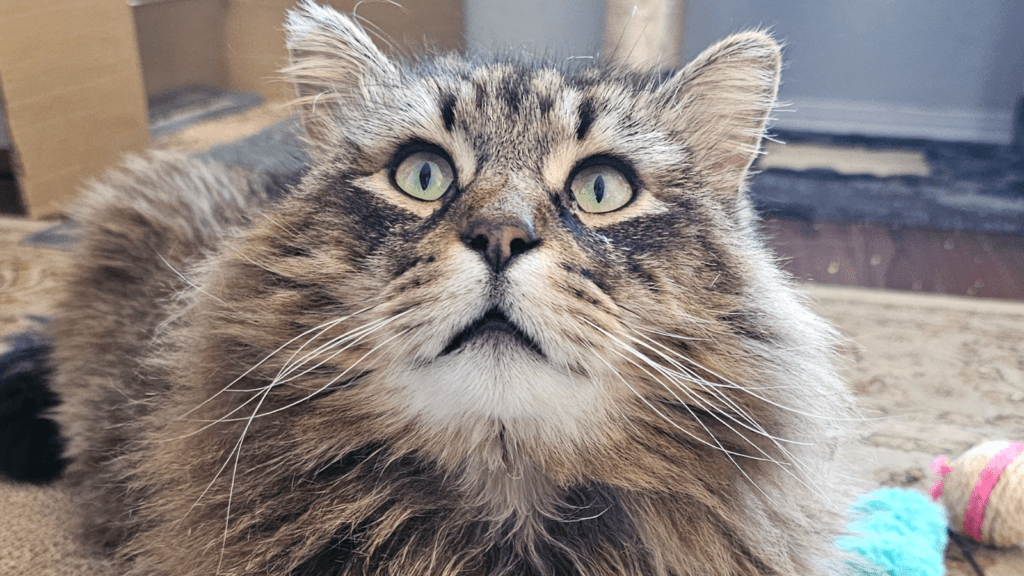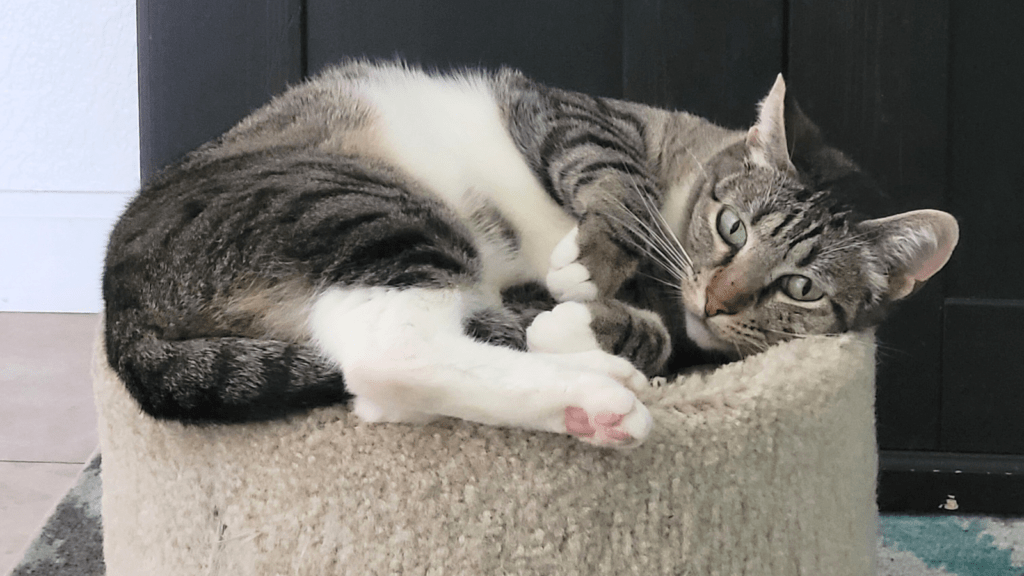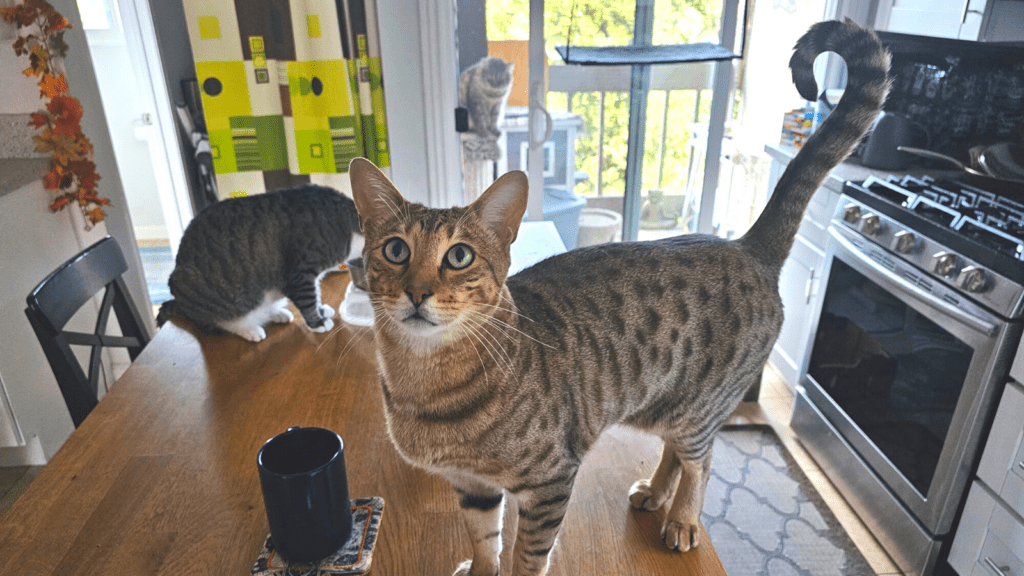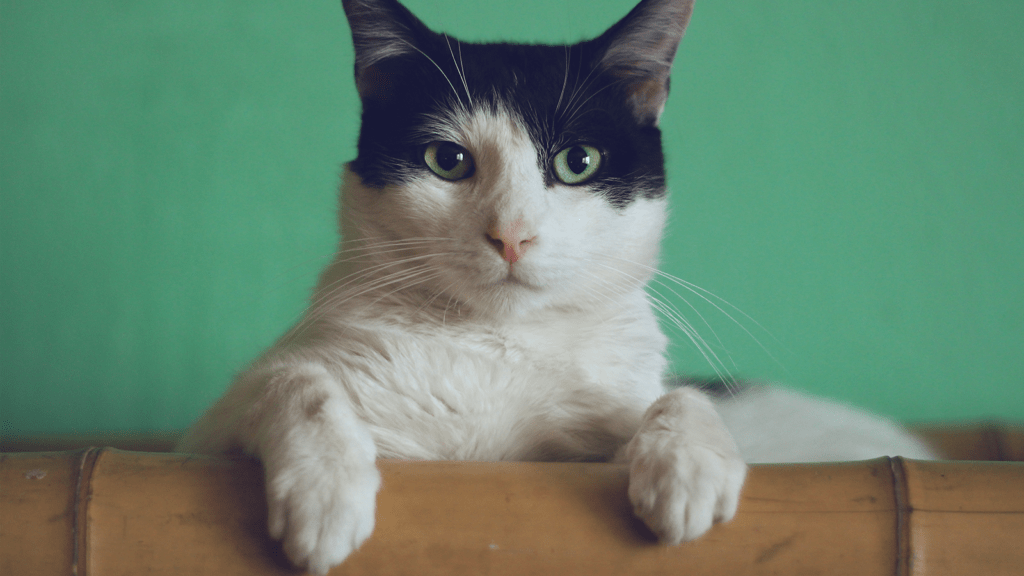
The Truth About Declawing Cats
One of the most frequent complaints from cat owners about their indoor cats is them using the furniture as a scratching post. Unfortunately, some pet owners turn towards declawing as the solution to this problem. Cat declawing is a procedure that should only be performed under rare conditions to improve the well-being of your cat. Declawing causes both harm and long-term pain to cats and should not be performed to prevent scratching.
Why Do People Declaw Cats?
People declaw cats for all the wrong reasons. Cats are declawed because pet owners worry about furniture being destroyed or becoming scratched themselves. However, the medical risk from cat scratches is lower than a cat bite. Cats scratching behavior can be improved through training and positive reinforcement.
Is It Cruel To Declaw A Cat?
It may be difficult to understand why declawing a cat is cruel without understanding the anatomy of a cat. Declawing is not like trimming your fingernails. Instead, declawing a cat is the equivalent of amputating your fingers at the knuckle. The entire knuckle bone must be removed so that the nail does not grow back in a cat. The cat declawing surgery causes a great deal of pain and long-term side effects to the cat and their normal cat behavior.
Declawing must be performed under anesthesia and carries a risk of postoperative complications. Once your cat has healed, its posture is forever changed by the procedure. Without their nails, the cat’s feet do not sit properly on the ground, and this causes difficulty while walking. Not only this, but your cat also risks developing bone spurs or nerve damage (source).
Is Declawing A Cat Illegal?
While declawing a cat is not illegal at the federal level in the United States, it is unlawful in several states and cities. New York first banned declawing cats in 2019 (source), and other states have legislature currently under review. Cities such as Los Angeles, San Francisco, Denver, and St. Louis have also outlawed declawing. Declawing cats has even been banned worldwide in over 23 countries.
Declawing a cat is illegal because it is considered an elective surgery that does more harm than good to a cat and can cause long-lasting pain to the animal. Aside from rare situations, there are no medical benefits from declawing a cat. Cats may suffer long-term consequences from being declawed, such as nerve damage and walking pain.
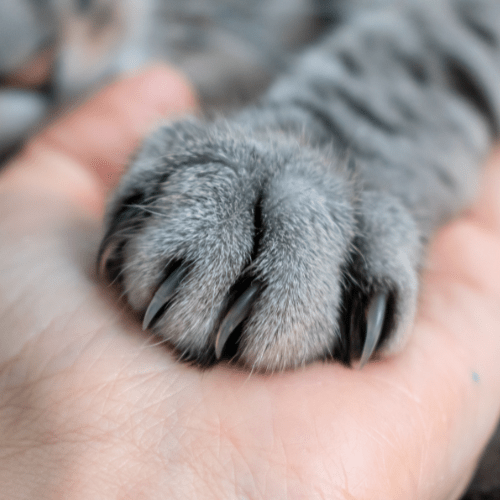
Declawing Cats Pros And Cons
Unfortunately, there are some cat owners who would rather put their cats down than find alternatives to declawing. If the cat’s behavioral issues are not corrected properly, the cat may become too much for the owner to handle. Even though animal shelters and humane societies are often overflowing with cats, rather than declawing your cat, you should consider finding it another home.
However, declawed cats have several significant cons. Declawing causes immediate pain and discomfort to your cat, as well as future issues, such as back or walking pain. Declawing also prevents a cat from properly stretching their muscles and scratching. A cat’s paw pads also contain scent glands, and scratching is a cat’s way of marking its territory.
One-third of all cats who are declawed develop behavioral issues down the line (source). This stems from not being able to perform a behavior that a cat’s claws are designed to do.
Is There A Humane Way To Declaw Cats?
Unfortunately, there is no humane way to declaw cats. Declawing is a barbaric and outdated procedure. Under rare conditions, your vet may recommend declawing if it improves the well-being of your cat. Cats may develop cancerous nail bed tumors, requiring a declaw surgery to be performed on a cat’s paw. Unless deemed medically necessary by your vet, there is no humane way to declaw a cat.
Here is the current policy from the American Veterinary Medical Association. The humane alternative to declawing is to encourage cats scratching behavior on the appropriate surfaces.
Alternatives To Cat Declawing
Rather than declawing the front paws, it would be helpful to focus on behavioral modification, which can make a significant difference. Encouraging your cat to scratch on a scratching post will save your furniture and keep you from wanting to pull out your hair. Make available vertical surfaces, corrugated cardboard, and scratching posts as other alternatives.
Reward your cat with a special treat anytime they use the scratching post. Scratching should be discouraged on furniture by using double-sided tape or aluminum foil. Cats can be trained just as quickly as other animals if you use positive reinforcement.
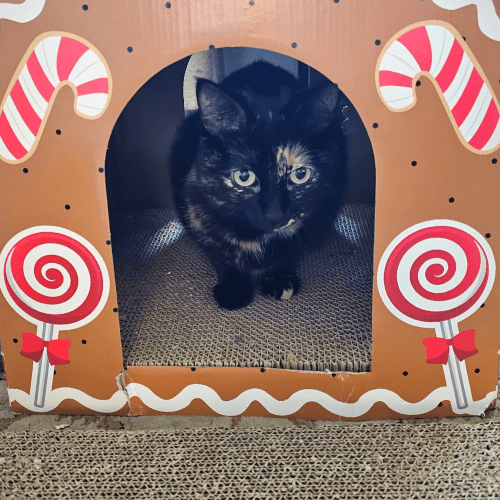
Some cats may stubbornly resist, but that does not mean you have to turn to a declaw procedure. Cat vinyl nail caps are a safe and harmless alternative to declawing, and they are definitely worth a shot! You can use a surgical glue to glue the nail caps on, and they will last about 4 – 8 weeks as your cat’s nails grow. They even come in all sorts of fabulous colors to let your cat’s inner diva shine!
Some pet owners are worried about scratches on their arms, especially if they are on immunosuppressants or blood thinners. Rather than declawing, you could use a pet nail trimmer to keep your cat’s nails short. Soft paws and short cat claws will not harm you as severely a cat’s scratch from untrimmed nails.
Conclusion
There is only one legitimate reason for the declawing surgical procedure, and that’s in rare cases of medical issues to protect the life of your feline friend. Humane alternatives to declawing should be considered, and we should work to ban declawing cats altogether. Most cats will prefer dedicated scratching surfaces and will avoid deterrants like double-sided sticky tape, which makes fixing scratching behavioral problems simply a practice in patience.
Scratching is a natural behavior, and your pet deserves to scratch things. Just make sure it’s scratching posts, cat trees, and sisal rope. These will help avoid destructive behavior because they have the proper scratching surface that your cat prefers.
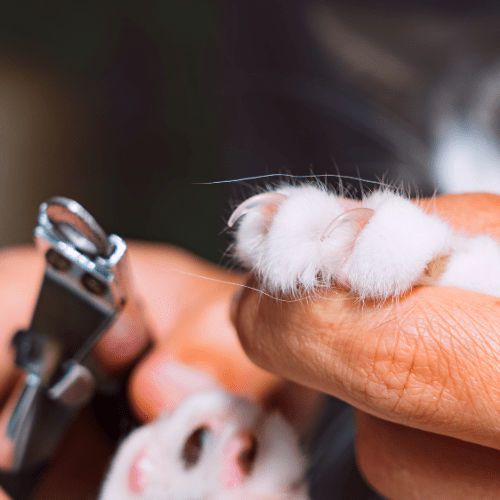
If you’re still experiencing feline behavior problems, review all the other behavioral factors, such as the litter box placement and cleanliness, especially if you notice frequent inappropriate elimination. Cats prefer to have their own space, litter box cleanliness, and vertical and horizontal scratching surfaces, which prevent adverse behavior and encourage natural behaviors that we prefer.
Declawing cats is not the solution.

